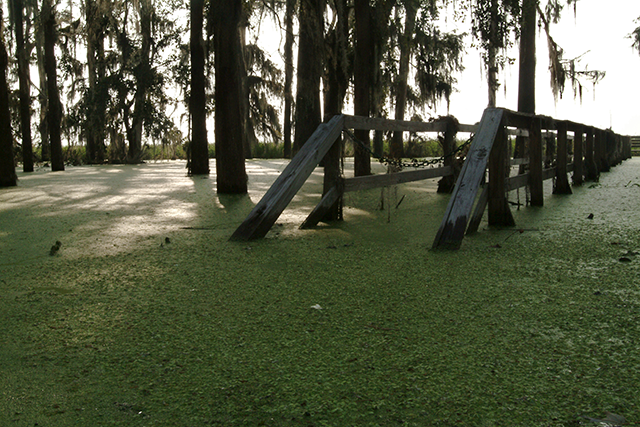Water Programs


Knowing the potential dangers of harmful algal blooms (HAB) is just the beginning. To reverse current spread (and prevent future blooms), it’s necessary to engage in research, collaboration, and daily vigilance. Answering that call, UF/IFAS leadership has assembled a core team of both research and extension faculty who conduct comprehensive scoping studies aimed at determining the causes of widespread algal blooms.
The aim of this task force is to more clearly identify contributing factors to the issue. It’s forged in cooperation with state and federal agencies, local governments, experts from other Florida higher education institutions, and land owners with sources of pollution. This cross-disciplinary approach can serve as a model for other regions around the country. At the same time, it provides a path toward solutions to the dire problems currently plaguing Florida's waterways.
Through the Harmful Algal Bloom Task Force, UF/IFAS researchers and extension personnel will focus efforts on a comprehensive and solution-oriented program. This is primarily concentrated on the following initiatives:
 Prevention of Harmful Algal Blooms
Prevention of Harmful Algal BloomsDue to the complexity of the HAB problem in Florida, there are no easy fixes. Determining long-term solutions is a collaborative effort.
UF/IFAS Extension engages the public through on-site information and discussion forums in every Florida county. Meanwhile, the University of Florida partners with individuals and organizations throughout the state, including water management districts, state and federal agencies, local governments, agricultural commodity groups, private industry, and Florida residents.
Since there are potential health risks associated with toxins produced by HAB, there is also an urgent need for careful interdisciplinary studies. These efforts will collect data on the presence of specific species, key toxin production, human exposure, and illness occurrences within communities.
Current studies are focused on Lake Okeechobee, the Caloosahatchee Canal and estuary, and the St. Lucie Canal and estuary. Research and evaluation in these areas includes weekly sampling of environmental sites and ongoing collaboration.
Contributing UF/IFAS departments and programs include Fisheries and Aquatic Sciences, Soil and Water Sciences, Food and Resource Economics, Agricultural and Biological Engineering, and Family, Youth, and Consumer Sciences. Additional content is provided by Florida Sea Grant, the UF Water Institute, the UF College of Veterinary Medicine and the UF Emerging Pathogens Institute.